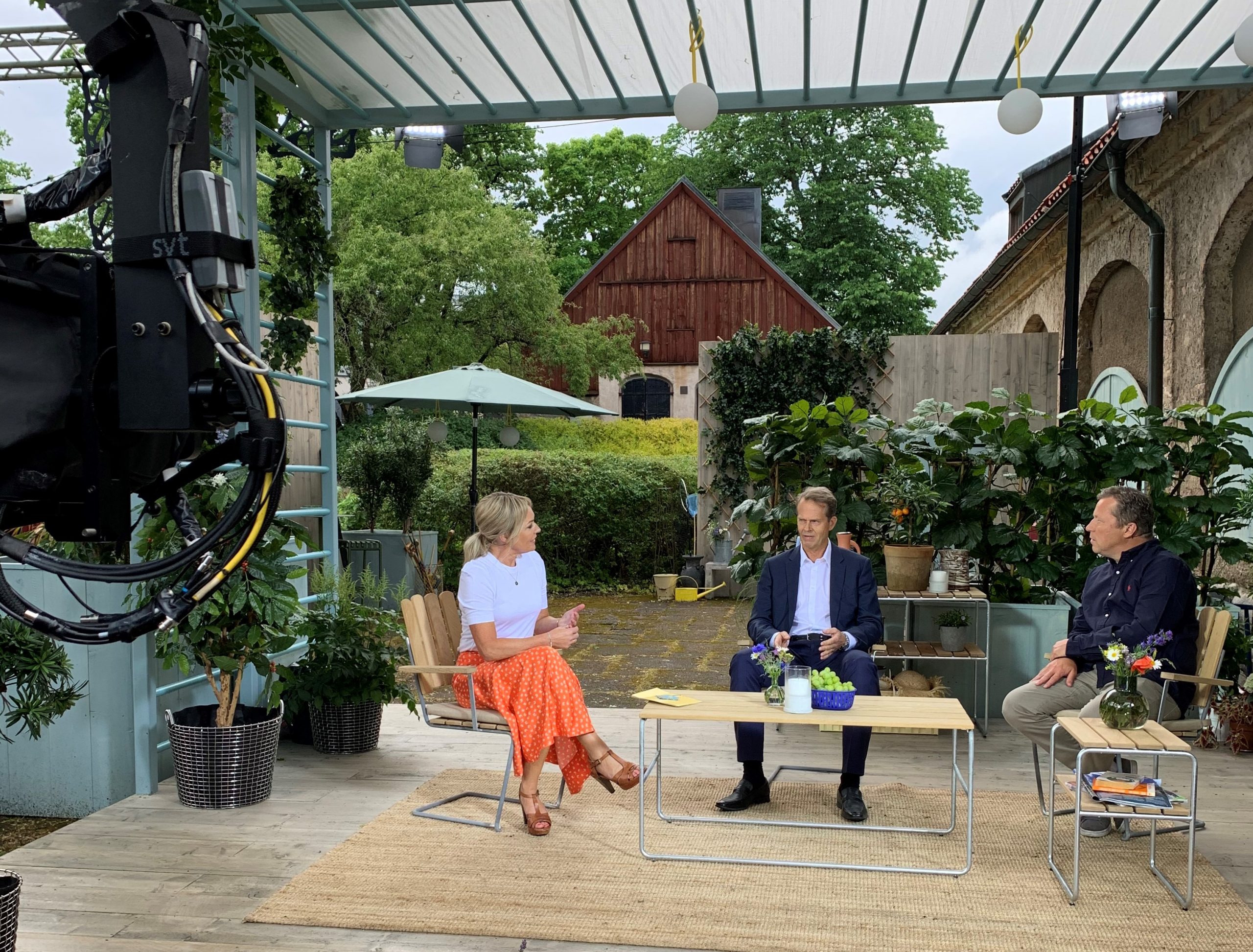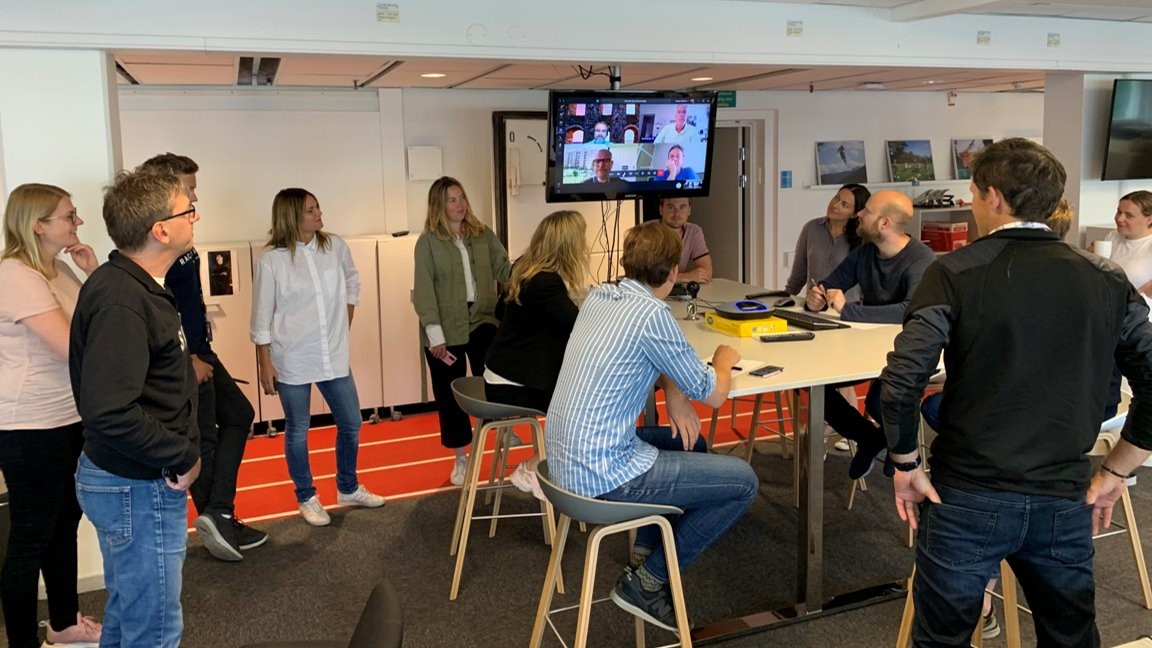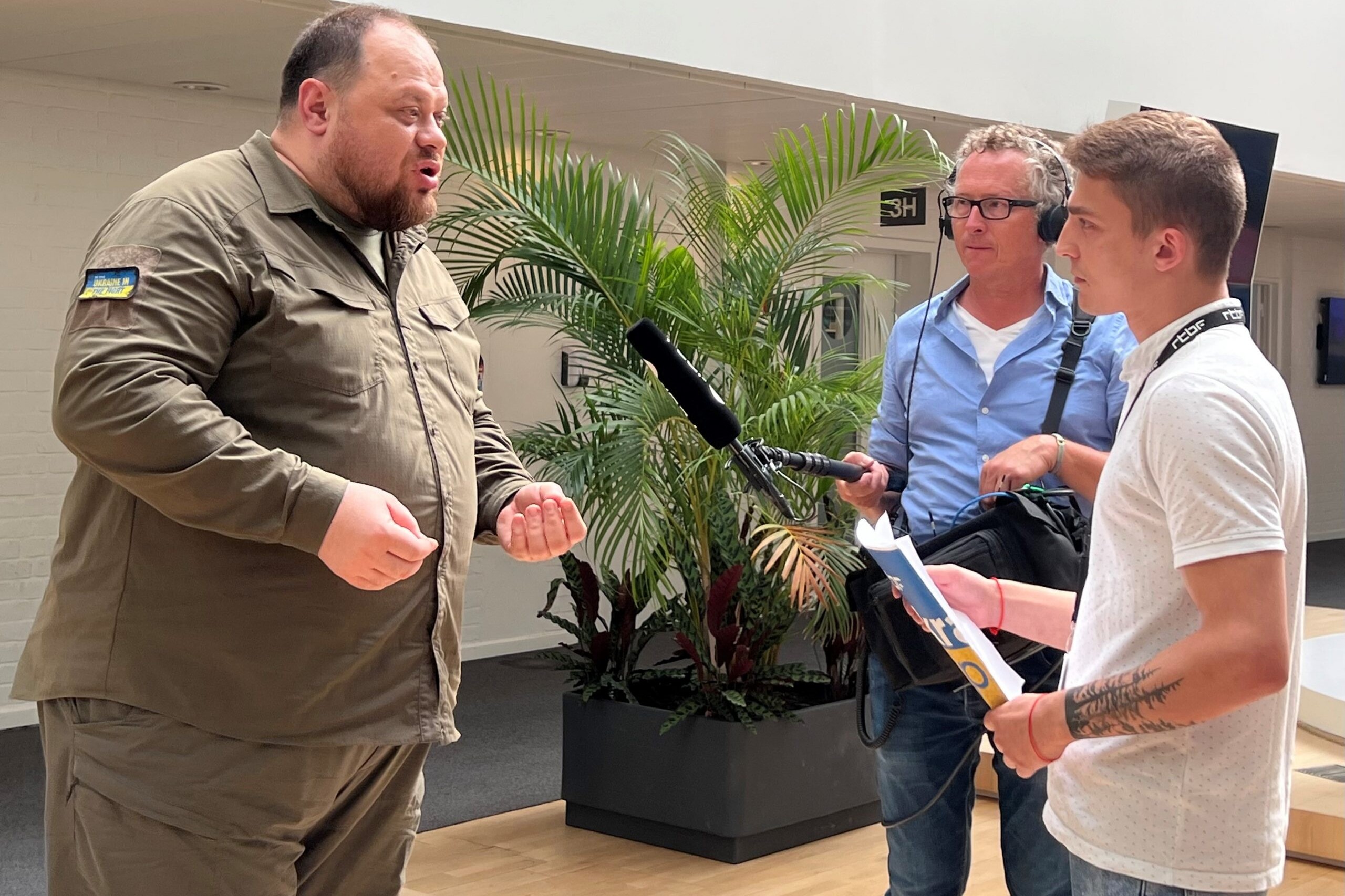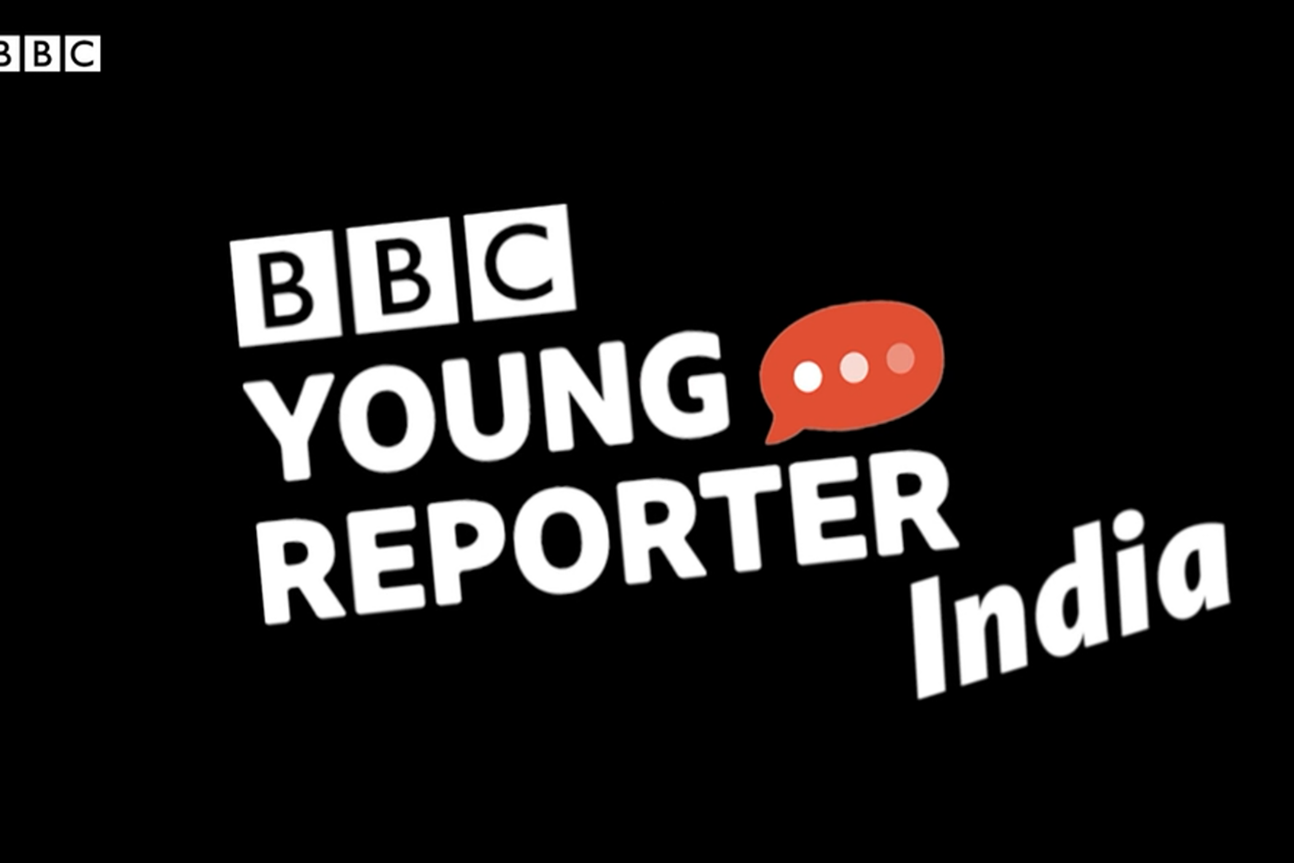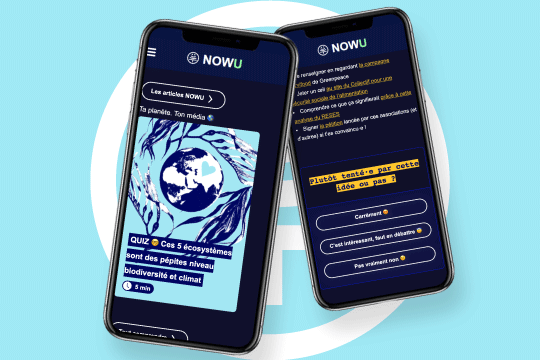PSM INNOVATIONS
SVT Sport: A world leader in equal sports coverage
Swedish Television (SVT) has pioneered award-winning coverage of women’s sport, and is aiming to become one of the first gender equal workforces in sports journalism.
19 July 2022
For many years, women’s sport was largely under-reported, often given far less airtime than its male counterpart. Sports departments were also heavily male-dominated. So in 2015, public broadcaster SVT implemented goals to reverse these trends, pledging to achieve equal sports coverage, while also improving the gender balance within the SVT Sport workforce.
Through continually measuring content output, gradually increasing news and live events coverage, and telling stories from new angles and perspectives never before told in the world of sports journalism, SVT Sport has made women’s sport more visible to wider audiences. What has followed has been an abundance of ground-breaking successes: various national, regional and international awards, including the world’s best sports channel in 2018.
Find out more: Sweden’s largest gender equality award to SVT Sport (Watch)
The channel has also enjoyed an increasing number of average unique visitors on svtsports.se, and has retained audience levels on news programmes Sportnytt and Sportspegeln, despite other TV programme audiences decreasing. The department has also assisted other sports broadcasters, contributing to a handbook on equal sports coverage and hosting masterclasses for media companies wanting to improve their sports coverage.
PMA Research Journalist, Chloe Howcroft, spoke with Head of SVT Sport, Åsa Edlund Jönsson – who has personally been awarded for her innovative journalism leadership – to find out more about SVT Sport’s progress since 2015.
Chloe Howcroft: What are some key statistics in changing the gender balance at SVT both in front of and behind the camera from 2015 to now?
Åsa Edlund Jönsson: In 2015, 20-25 percent of our news coverage was about women’s sports (today we have doubled that number). Realizing that, we started to question ourselves and knew this was not something we could stand for, we want to be relevant for everybody – not only half of the population. We therefore set our new objective (50-50) and went to work. The method was simple.
We started to measure everything we produced, and in areas that needed improvement, we started to take action. In the beginning we focused a lot on our news coverage and made improvements in that area. When getting good results in the sports news coverage, we advanced into doing an overview of our live coverage. That overview helped us focus on new sports and leagues with women and we started to acquire new sports rights and put them on-air.
This new strategy has really helped us to broadcast more sports than before and some of the leagues we started to broadcast a few years ago have gotten such big interest that the leagues now have been acquired by commercial media competitors of ours. For instance, “Damallsvenskan”, the highest football league for women in Sweden, was not broadcasted when we at SVT picked up the league in 2017. A few years later, the rights to the league was acquired by commercial outlet Aftonbladet and now Viaplay. I think we have added around 8-10 new championships and leagues to our live sport portfolio since 2015.
SVT Sport broadcasting figures from 2021
- Live sport: 49.4% women and 50.6% men
- International Championships: 28 women and 31 men
- Qualification games and national games: 6 women and 2 men
- Leagues: 16 women and 19 men
- Swedish Championships: 14 women and 13 men
- Sports news programmes (Sportnytt and Sportspegeln): 5-5 (women-men) in the most covered sports
- Social media: 49.6% women’s sports
CH: What changes and decisions have you made to improve the gender balance of SVT Sport presenters and management in 2015 compared to 2022?
ÅJ: We think it is important to have a sports department with a gender balance, but also with a mix and variety of competences and perspectives. Therefore, in 2015, we started to recruit people with a broader perspective on knowledge and competence, and that has led to a more diverse sports department. It is of course important to have both men and women as presenters, but it is equally important to have both men and women in leading positions, making the big decisions on daily basis.
The management has therefore also changed over the years. Back in the days, the sports department was mainly led by men – today my sports management is 50-50, four women and four men. The sports department consists of 45 percent women and 55 percent men. Compared with other sports departments in the world, I think we have a much more gender balanced department.
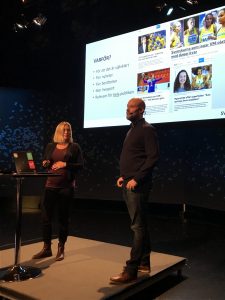
CH: What are some of the innovative types of coverage and features you have experimented with to make women’s sport more “attractive” for wider audiences?
ÅJ: Interesting question. We have never thought or talked about changing our coverage in a more innovative way to make women’s sport more attractive for a wider audience. We think women’s sports are just as interesting as men’s sports, the only difference over the years is that women’s sports has not been given as much space in sports media. And if women’s sports are not shown to the audience, how can the audience like something they can’t watch or read about? We decided to take women’s sports as serious as men’s sports and cover women’s sports the same way we cover men’s sports and the result is stunning. We have increased the number of unique visitors to our sports news site with over 100 percent, we broadcast more sports than ever, we have more news than ever and we have more stories to tell. And we have people saying that they have started to consume sports on TV and digital again (on SVT), because we do not only show men’s sports but also women’s sports.
CH: What are your future plans to further improve your work and meet your desired goals?
ÅJ: We still need to grow a better network within women’s sports. Our journalists have done a great job for the last years but we can do even better. And we still need to focus on this on a daily basis, keep our eyes on the ball. We can’t relax and think that our work is done, we need to continue. We also need to be creative because competition is getting harder and we still want to acquire the best sports rights in the future.
“When we started to share our new objective and the work we did, some colleagues from other media companies laughed at us and our new target. Today, when we have achieved our objective, the tone is different and other companies, organizations and federations ask us to lecture about our work and methods.” – Head of SVT Sport, Åsa Edlund Jönsson
Over to you...
Does your public media organisation have an innovation that you’d like to share?
Let us know by emailing us at editor@publicmediaalliance.org
Related Posts
5th July 2022
RFI Afrique: Using WhatsApp to disseminate news across the continent
RFI Afrique’s innovative use of…
7th June 2022
Collaborative media literacy programme takes off in India
BBC Young Reporter India taught more…
